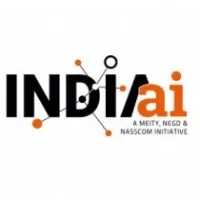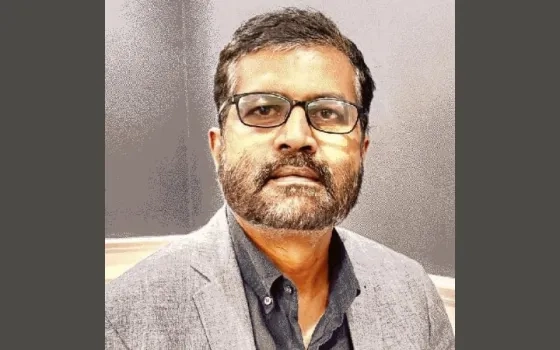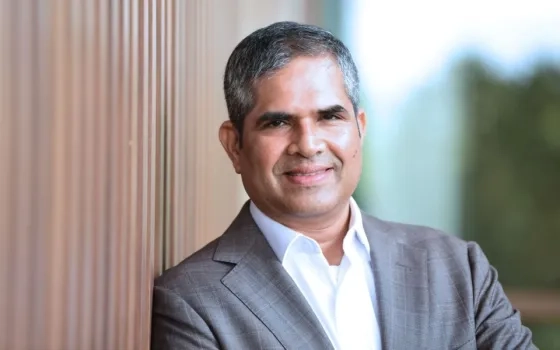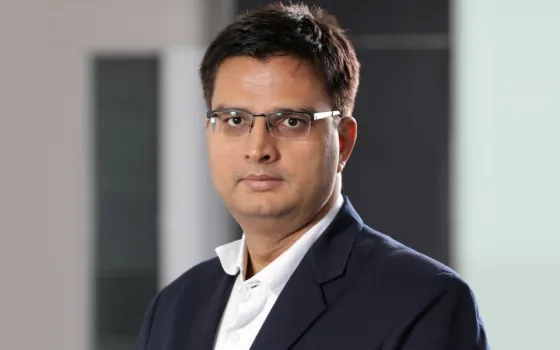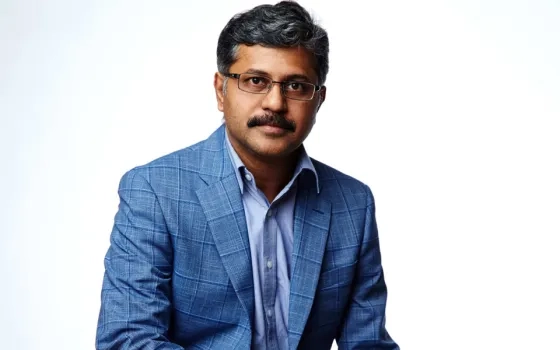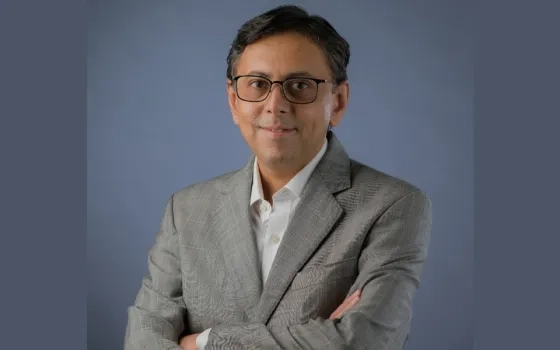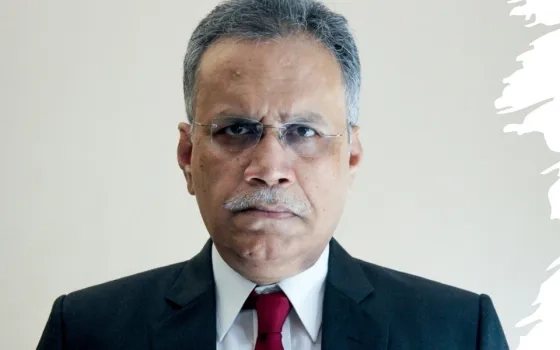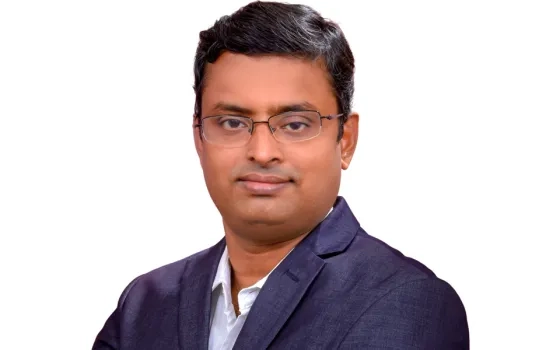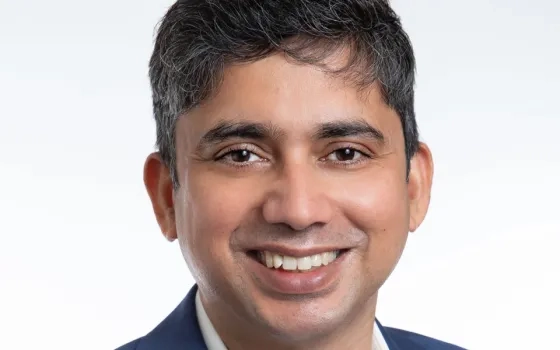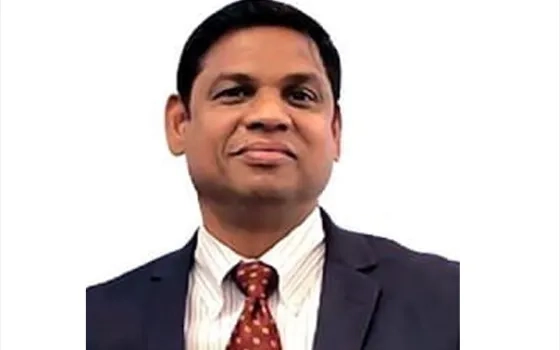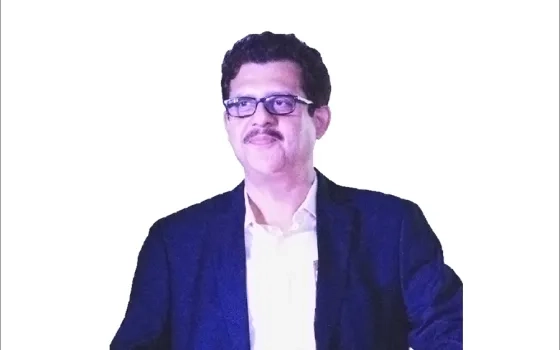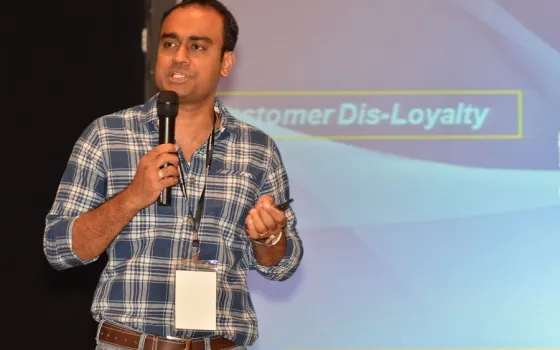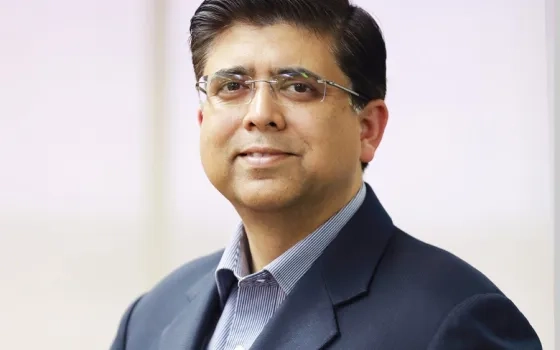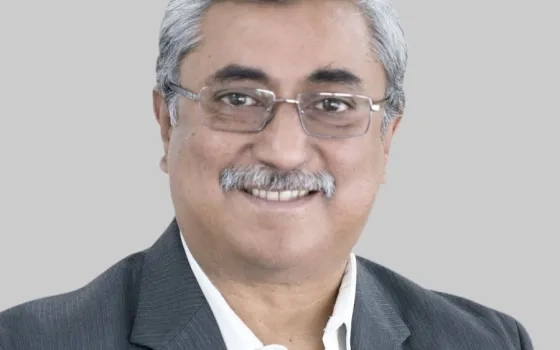If you’re an urban, upper class Indian living in a Tier-1 city, chances are your life hasn’t been disrupted too much in terms in availability of essential goods and items. Even though the nation has been in lockdown for three weeks now, the supply and delivery of essential goods and services has continued, albeit several hiccups. Following the announcement of a lockdown and consequent sealing of state borders, there was cause for concern among major food retailers and supply chain vendors on the movement of goods within and between states and cities. There were reports of violence against delivery executives in scattered incidents across the state as enforcement authorities were merely following the diktat of social distancing and complete isolation.
This is where Atul Rai and his team of data engineers came into the picture. Rai is one of the cofounders of Staqu, a Gurugram based AI startup leading security and enterprise big data analytics domains through its proprietary video analytics, big data and auditing tools that employ advanced deep research learning and cutting edge engineering. The company has previously worked with a range of law enforcement bodies to enhance protection and enable predictive protection.
Staqu has modified some of its existing solutions to in the fight against COVID19 – one of the solutions help law enforcement authorities track those involved in supply and delivery of essential items by issuing Curfew ePasses, and the other is a thermal imaging solution that uses AI and analytics to track COVID19 patients and at-risk individuals.
How did you come up with the system of the Curfew ePass?
The Punjab DGP’s office reached out to me late March saying there was an urgent need for a system that could allow the easy and hassle-free movement of those involved in provision of essential items, since it was becoming a challenge to maintain law & order across the state. We were able to modify some of our existing solutions for this particular need. Since we have worked with police enforcement authorities in Uttar Pradesh, Punjab and other states, they reached out to us to see if we could help.
Tell us about the technology offerings behind the curfew ePass
Staqu offers four offerings – all of which can provide a verified e-pass to a vendor or seller of essential items.
- ePass requests AI based filtering: Any person who falls under the category of ‘Essential Services’ can apply from the authorized URL for the e-pass. He is required to fill his name, address, and upload a form of government ID (Aadhaar, PAN card, Voters ID). Once the form is submitted, Staqu’s facial recognition & OCR based algorithm is used to detect fake IDs and forms having inconsistent data and only the accepted forms are sent to the authorities for manual approval.
- Admin Dashboard – The authority has a web-based dashboard to monitor the submitted epass requests. The same panel can be used to see the passes allocated from each district on a daily basis and other details.
- Digital Pass – Once the officer verifies the pass, a URL will be sent via SMS to applicant’s mobile number. He can download and show to police officers on duty. The pass will contain personal details of the applicant, color-based category sign and a QR code for verifying the user – while maintaining social distancing. An officer on duty can check the pass by using a QR code scanner.
The application is live in the states of Uttar Pradesh and Punjab. In five days of deployment, 2,35,670 e-passes have been applied, and 86,774 passes have been accepted. In total, 4 lakh applications have been submitted to the law enforcement authorities, and we’re working with them to get these passes verified.
You have another offering – thermal imaging with AI & Analytics for surveillance. How does this help?
We have launched an AI-based video analytics based solution that can aid the video monitoring of patients and those kept in quarantine. Currently, several frontline workers are also getting affected with COVID19 and this can pose a grave danger to our nation’s healthcare infrastructure. One of the reasons these healthcare workers are contracting the virus is constant exposure to it. With an AI-powered surveillance system provided with a layer of analytics, high-risk patients don’t need to be physically monitored 24/7. Staqu’s thermal camera based solution can alert the command centre if anyone is found with a body temperature above 37°C on the basis of heat signatures directly through the thermal cameras. It can also pick up symptoms such as sneezing and coughing. The solution works at a range of up to 100 meters and can identify multiple people at the same time. Some of the other solutions include AI-based monitoring for quarantine and isolation escape alerts, patient activities, group and crowd alert. This solution can even be deployed in the railway coaches that have been temporarily converted into makeshift quarantine facilities. Not only are we keeping our frontline health workers safe from exposure but exponentially reducing the burden on hospital staff, ensuring healthcare workers can be deputed in ICUs and critical care units.
Another feature we have added to the thermal imaging solution is to detect if people are wearing PPE such as masks & gloves, especially in high infection areas or hotspots.
How responsive and cooperative are law enforcement authorities when it comes to using and deploying technology?
I’d say they are extremely cooperative. I know DGP Dinkar Gupta of Punjab and a DCP in Noida as I have worked with them previously. I am really happy to note that these authorities thought of approaching us at a time like this. They clearly understand the value we bring to the table and how technology can be a great enabler. I think this is very important for technologies like AI to scale. Without this ecosystem and endorsement from authorities, we have no way of improving our product and show what we are capable of. I feel post COVID19, there will be a structural shift in perception towards technologies such as AI.
Tell us about your infrastructure model
We have been working with law enforcement departments for a while, and we understand how they work. While it is great to see a change in mindset among bureaucrats and government agencies using technology to address their challenges, it is new and unexplored territory for them and many of them may not have the funds available to spend on infrastructure or tech support. There are long processes involved and government tenders take time to get approved. Instead of constantly seeking funds for deployment, we decided early on that whatever we build will be easily integrated into existing systems. The Curfew ePass link can be opened via web browser – a feature that smartphones have had for decades. We also send the links through regular SMS, which can be accessed even via basic phones for many of our customers hail from villages and remote parts of the country. Our solutions are plug-and-play, and built to scale. Even in terms of server support, the data feeds into datacenters or the cloud and is stored there. Our solutions for the UP Police Dept are backed on their cloud, while Punjab Police has granted us access to work with their datacenter. Our thermal imaging solution works perfectly well with a native phone camera as well – we have an app that converts a user’s phone camera into a livestream feed, and this solution can be used even in remote areas. We want to work with what we have and believe we can deliver quality results.
Do you have other solutions in the pipeline?
After this wave, monitoring safety and hygiene compliance will be the way of the future. The world has changed since COVID19 struck us early this year and several mundane practices will likely cease to exist. We believe AI compiled with video analytics will play a huge role for us. We’re already working on some solutions in this area.
What does a post COVID19 world look like for the field of AI?
COVID19 is a watershed moment for the Artificial Intelligence. Particularly, fields like surveillance, tracking and health will see a massive shift. Not only with ecosystems rally together to collaborate, but we can expect some major changes in the way research in AI will be done. For instance, AI-based medicine modelling could become really promising for clinical trials in India, as AI can mimic the body’s response to drugs, doing away with the use of animals for testing. We think surveillance will no longer be a mainstay for law and order, and defence purposes. It could become the way of life in a post pandemic era, and we want to be at the forefront of this market with our cutting edge solutions.




